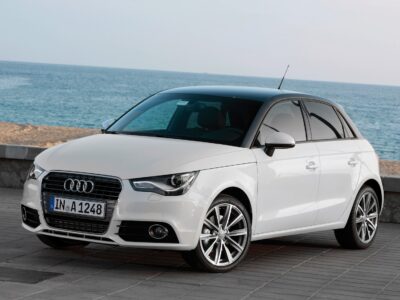
Volkswagen Golf Boot Space and Practicality: The Ultimate 2025 Guide
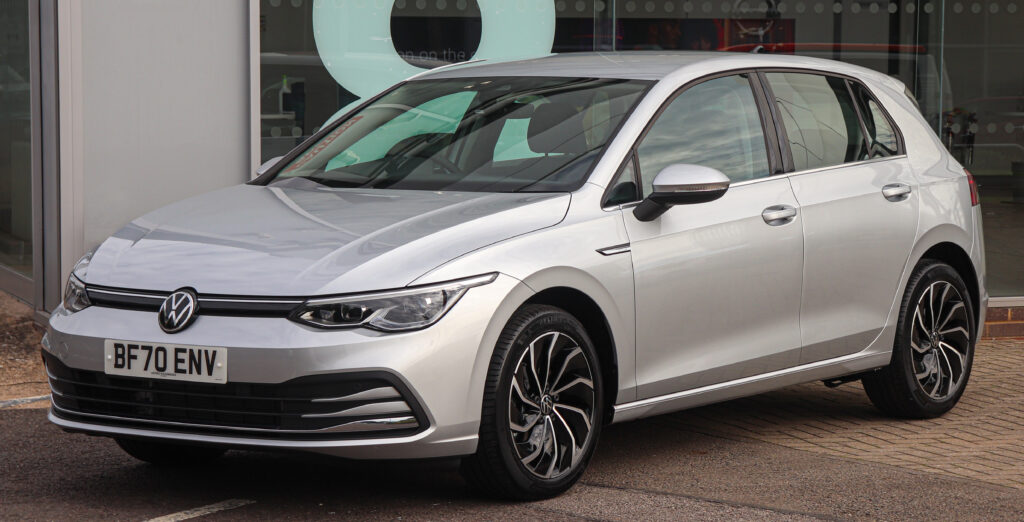
The Volkswagen Golf has long stood as the benchmark for the compact hatchback segment — a perfect balance of comfort, space, and precision engineering. In this comprehensive guide, we explore every aspect of the Volkswagen Golf’s boot space, practicality, and storage versatility, revealing how it measures up against its toughest rivals.
- Introduction to the Volkswagen Golf’s Space Philosophy
- Boot Capacity: Figures That Matter
- Comparing the Golf With Its Rivals
- Real-World Luggage Tests
- Boot Layout and Design Details
- Folding Seats and Expandable Cargo Area
- Hybrid Models: Compromise and Clever Design
- Interior Space and Passenger Comfort
- Rear Seating Comfort for Adults and Families
- Cabin Storage and Everyday Usability
- Practical Technology and Parking Ease
- Safety and Everyday Confidence
- Verdict: Is the Volkswagen Golf Practical Enough for 2025?
- FAQ: Volkswagen Golf Boot Space and Practicality
Introduction to the Volkswagen Golf’s Space Philosophy
Over eight generations, the Volkswagen Golf has evolved gradually rather than dramatically. This approach has allowed it to retain its perfectly balanced proportions — compact enough for city driving yet surprisingly roomy inside. While some rivals like the Ford Focus and Skoda Octavia have grown faster, the Golf continues to impress with its clever space optimization.
Boot Capacity: Figures That Matter
When it comes to hard numbers, the Volkswagen Golf’s boot capacity stands at:
- 381 litres with the rear seats up
- 1,237 litres with the seats folded down
This places it slightly ahead of the Ford Focus (375 L) but behind the Skoda Octavia (600 L). For most users, 381 litres is more than enough to fit three medium suitcases or a full week’s grocery haul, making it ideal for daily commuting or weekend trips.
Comparing the Golf With Its Rivals
| Model | Boot Capacity (Seats Up) | Boot Capacity (Seats Down) |
|---|---|---|
| Volkswagen Golf | 381 L | 1,237 L |
| Ford Focus | 375 L | 1,354 L |
| Skoda Octavia | 600 L | 1,555 L |
| SEAT Leon | 380 L | 1,210 L |
While the Octavia dominates the figures, it’s a larger car overall. The Golf finds its strength in boot usability — square, deep, and free from awkward intrusions.
Real-World Luggage Tests
In real-life scenarios, the Golf’s boot accommodates:
- Two large suitcases
- One cabin-sized bag
- A folded stroller
- Or, four carry-on bags with room to spare
Its low loading lip and wide tailgate opening make it easy to load heavier items such as prams, toolboxes, or golf bags (pun intended).
Boot Layout and Design Details
The boot floor can be adjusted to two heights — upper for a flat floor when folding the seats, or lower for maximum depth.
Key features include:
- Hooks for securing shopping bags
- A removable parcel shelf
- Optional 12V socket for portable fridges or air compressors
- LED boot light for night-time convenience
Despite being class-average in size, the Golf’s layout efficiency makes every litre count.
You may be interested in reading Volkswagen Golf Reliability: The Complete 2025 Buyer’s Guide
Volkswagen Golf Reliability: The Complete 2025 Buyer’s GuideFolding Seats and Expandable Cargo Area
With 60:40 split-folding rear seats, the Golf transforms into a capable load carrier. Folding them yields a nearly flat loading floor — perfect for transporting bicycles, flat-pack furniture, or camping gear.
For those who frequently carry bulky items, the variable boot floor provides flexibility, allowing owners to choose between depth or flatness depending on the cargo.
Hybrid Models: Compromise and Clever Design
If you’re considering the Golf GTE or eHybrid, be aware that battery packs reduce boot space by 108 litres, bringing capacity down to 273 litres.
However, Volkswagen’s engineers have cleverly minimized the loss, ensuring these models retain a usable, square-shaped boot suitable for everyday tasks.
Interior Space and Passenger Comfort
Inside, the Golf offers ample headroom and shoulder room thanks to its boxy silhouette. Four adults can travel comfortably, with enough legroom in the rear for a six-foot passenger to sit behind a driver of the same height.
Three across the back is possible, though the central tunnel eats into foot space, making long trips best suited for two passengers in the rear.
Rear Seating Comfort for Adults and Families
The rear bench is supportive and ergonomically sculpted, ensuring comfort on extended drives. For families, ISOFIX mounts on both outer seats make installing child seats simple. The wide door openings further ease access for loading kids or securing bulky items.
Cabin Storage and Everyday Usability
Beyond the boot, Volkswagen has mastered cabin practicality.
- Deep door bins easily swallow 1-liter bottles
- Large center armrest cubby for personal belongings
- Slim gear selector frees up console space
The only downsides? A slightly flimsy front cupholder and limited extra space near the gear toggle in automatic models.
Practical Technology and Parking Ease
The Golf’s visibility and driver assistance systems make urban parking effortless. Even the base Life trim comes with:
You may be interested in reading Volkswagen Golf Reliability: The Complete 2025 Buyer’s Guide
Volkswagen Golf Reliability: The Complete 2025 Buyer’s Guide Volkswagen Golf Towing Capacity (All Models & Years) | Complete Guide
Volkswagen Golf Towing Capacity (All Models & Years) | Complete Guide- Front and rear parking sensors
- Large, clear door mirrors
Higher trims add:
- Rear-view camera (Match trim)
- 360-degree Area View system, providing a top-down image to avoid curbing wheels or bumpers.
Safety and Everyday Confidence
Safety and practicality go hand in hand. The Volkswagen Golf boasts a five-star Euro NCAP rating, confirmed both in 2019 and again in 2022 after updated tests.
Advanced safety technologies include:
- Car2X communications, alerting other vehicles of hazards ahead
- Travel Assist, combining adaptive cruise and lane-keeping
- Predictive Adaptive Cruise Control, adjusting speed to match traffic and road signs
- Turn-off Assist, applying automatic braking at intersections
- IQ.Light matrix LED headlights, providing adaptive illumination
These innovations make the Golf not just practical — but confidently safe for all occupants.
Verdict: Is the Volkswagen Golf Practical Enough for 2025?
Absolutely. While its boot space is “average” by numbers, its clever design, low loading lip, flexible floor, and superior visibility make the Volkswagen Golf one of the most user-friendly hatchbacks on the road today.
Families, commuters, and everyday drivers alike will appreciate how the Golf blends German engineering precision with real-world usability — a formula that keeps it at the top of the class even in 2025.
FAQ: Volkswagen Golf Boot Space and Practicality
1. How big is the Volkswagen Golf’s boot?
381 litres with seats up, 1,237 litres with seats folded flat.
2. Is the Golf bigger than the Ford Focus?
Slightly — it offers 6 litres more boot space and comparable passenger comfort.
3. How does the Golf compare to the Skoda Octavia?
The Octavia is significantly larger, but also belongs to a slightly higher size class.
 Volkswagen Golf Reliability: The Complete 2025 Buyer’s Guide
Volkswagen Golf Reliability: The Complete 2025 Buyer’s Guide Volkswagen Golf Towing Capacity (All Models & Years) | Complete Guide
Volkswagen Golf Towing Capacity (All Models & Years) | Complete Guide Is the Volkswagen Golf a Good First Car? The Ultimate Buyer’s Guide for New Drivers
Is the Volkswagen Golf a Good First Car? The Ultimate Buyer’s Guide for New Drivers4. Do hybrid models lose boot space?
Yes, GTE and eHybrid variants lose 108 litres due to battery placement.
5. Is the Golf suitable for families?
Definitely. It provides solid interior space, ISOFIX mounts, and outstanding safety technology.
If you want to know other articles similar to Volkswagen Golf Boot Space and Practicality: The Ultimate 2025 Guide you can visit the category Blog.
Deja una respuesta

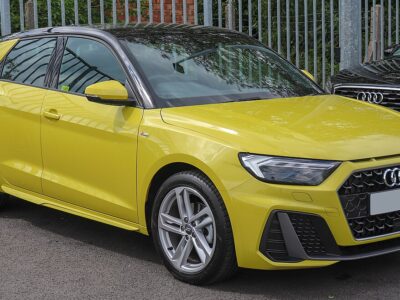
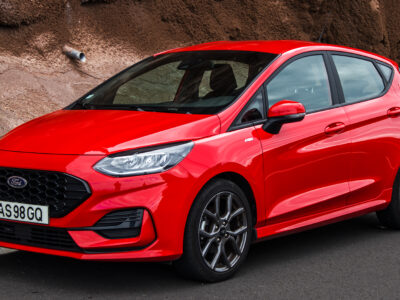
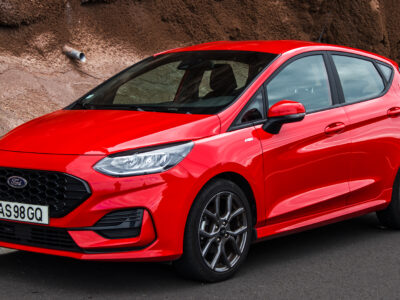
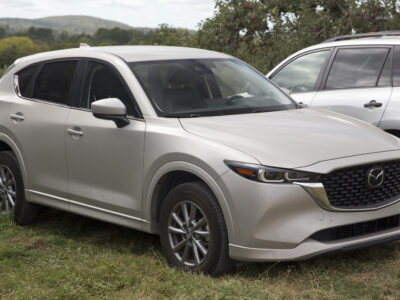
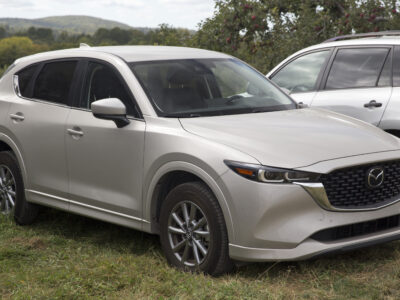
More content of your interest